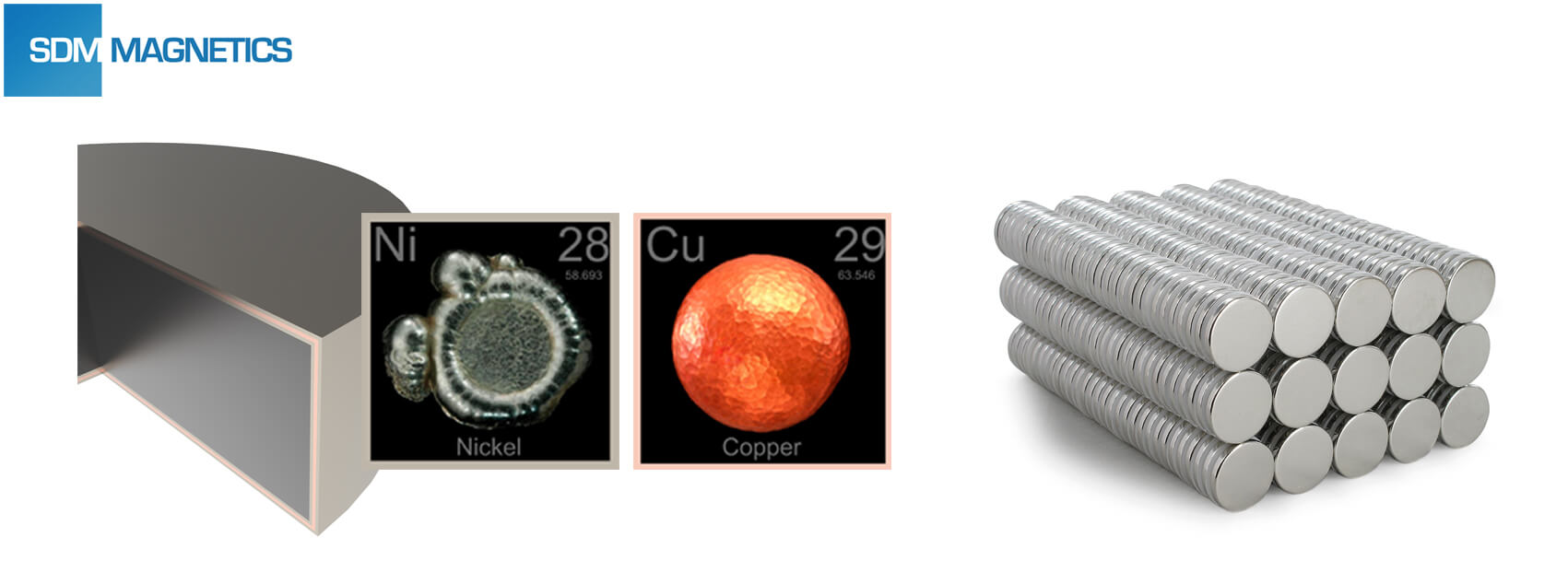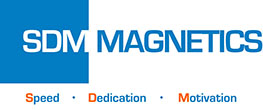Electroplating is referred to the process produce a metal plating on a solid workpiece through the reduction of specific metal cations by means of an external electric current. Electroplating protection of sintered Neodymium magnet is primarily for enhancing corrosion resistance and improve surface mechanical properties or decorative properties of the magnet in the meanwhile. Electroplating of sintered Neodymium magnet include zinc plating, nickel plating, copper plating, tin plating, and other precious metal plating, where only zinc plating and nickel plating are suitable to be deposited on the magnet surface directly, while other metal plating all has an underlying layer of Ni-Cu-Ni. Nickel tends to form extremely thin passive film with oxygen in air and exhibit excellent corrosion resistance to atmospheric environment, alkali, or some acid, therefore, nickel plating has always been the most used surface treatment technology for the sintered Neodymium magnet. The standard electrode potential of nickel is -0.25V which positive compared with iron matrix, then corrosion process will sacrifice matrix if plating exists pores. Thereby, single layer nickel plating has relatively high erosion risk which is not able to fulfill higher corrosion resistance requirements. Multilayer plating or composite plating can well solve this issue. As intermediate plating between bottom nickel plating and outer nickel plating, copper plating can effectively reduce porosity and bonding strength. In essentially, nickel plated Neodymium magnet is Nickel-Copper-Nickel (Ni-Cu-Ni or NiCuNi) plated Neodymium magnet. Even the cost of NiCuNi plating is higher than zn plating, nickel plated Neodymium magnet still gets more favor of users due to preferable heat resistance, oxidation resistance, corrosion resistance, decorative properties, and mechanical properties.

